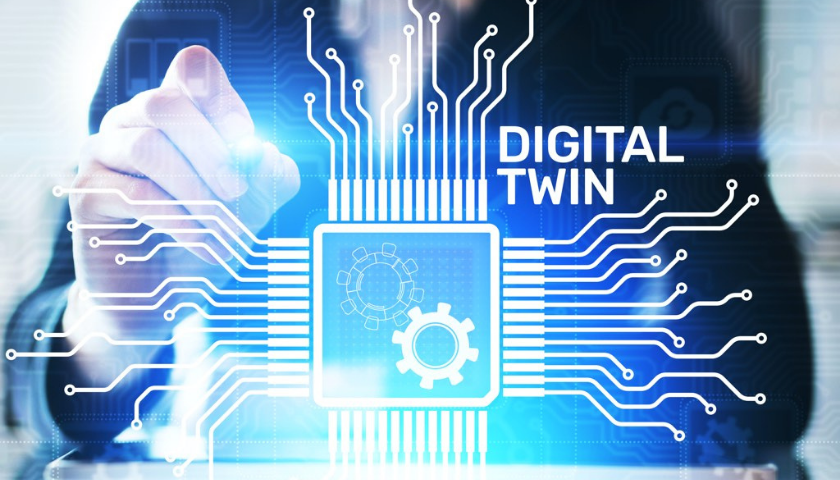With the advancement of technology, many systems, products or processes need to be integrated into the digital portal. According to this need, the concept of Digital Twin first appeared at the University of Michigan in 2002 to create a virtual model of the real-world behavior and consequences of the existing physical product or service.
Digital twins are virtual copies that experts can simulate before producing real devices. In addition to being used in production, these copies also contribute to the development of technologies such as;
- the internet of things,
- artificial intelligence,
- data analytics.
With the development of IoT devices, the digital twin has become more advantageous to companies by containing smaller and simpler objects.
In addition, the digital twin enables virtual testing of complex products that are costly and difficult to test in real life, thereby the cost of spending on testing will be minimized.
It is extremely important to integrate into existing systems and detect faults in advance in operational activities, to monitor the system or product remotely and to alert in case of a possible failure and to enable rapid intervention.
It is suitable to use digital twin in many fields where technology is available, from engineering to healthcare. In fact, today it has come out of a preference for design and product development areas and reached a position to be called indispensable.
In addition, providing quality control in the production sector provides great advantages that will reveal the difference of digitalization by detecting all the factors in advance in terms of making cost and efficiency calculations.



